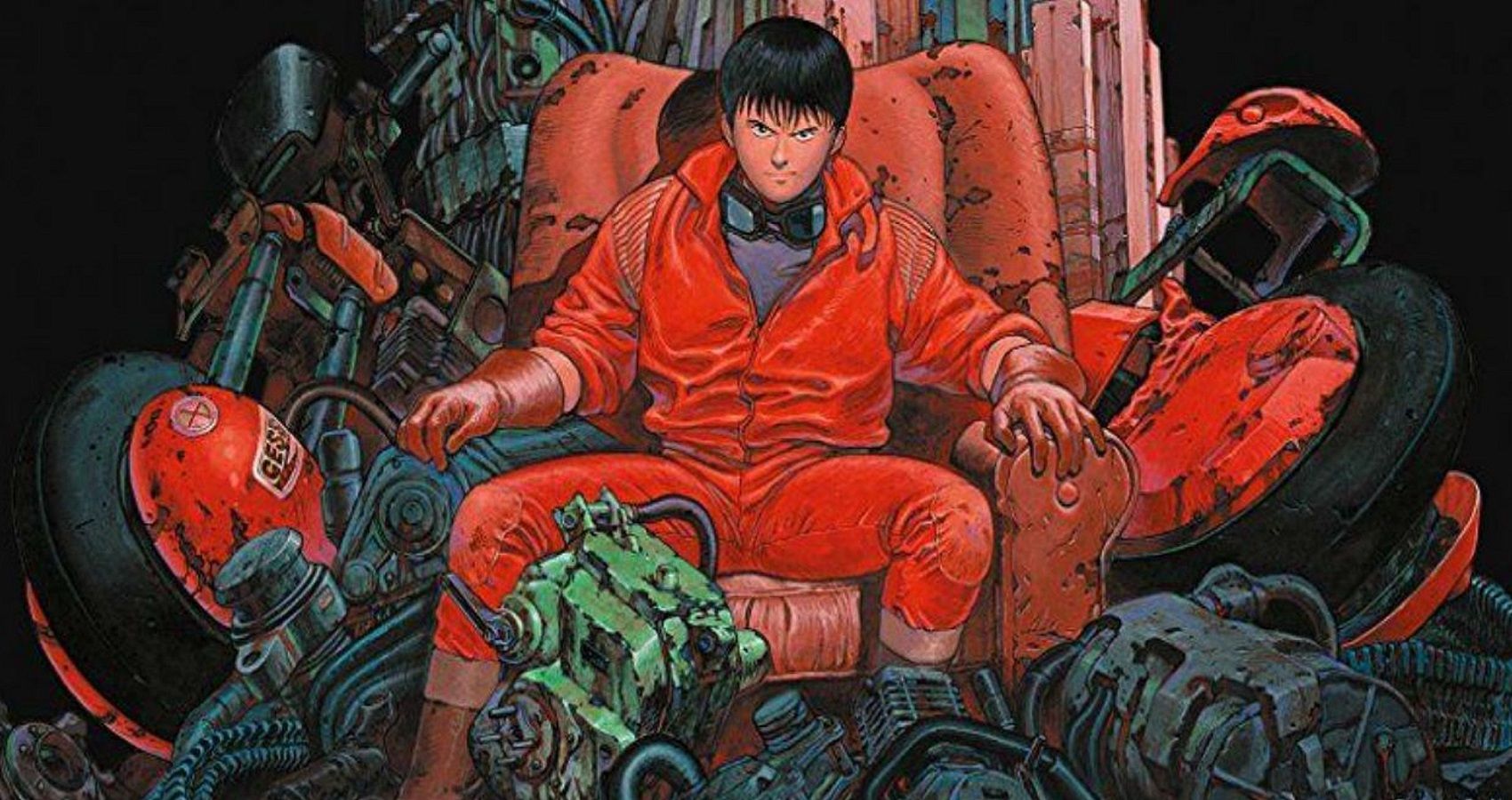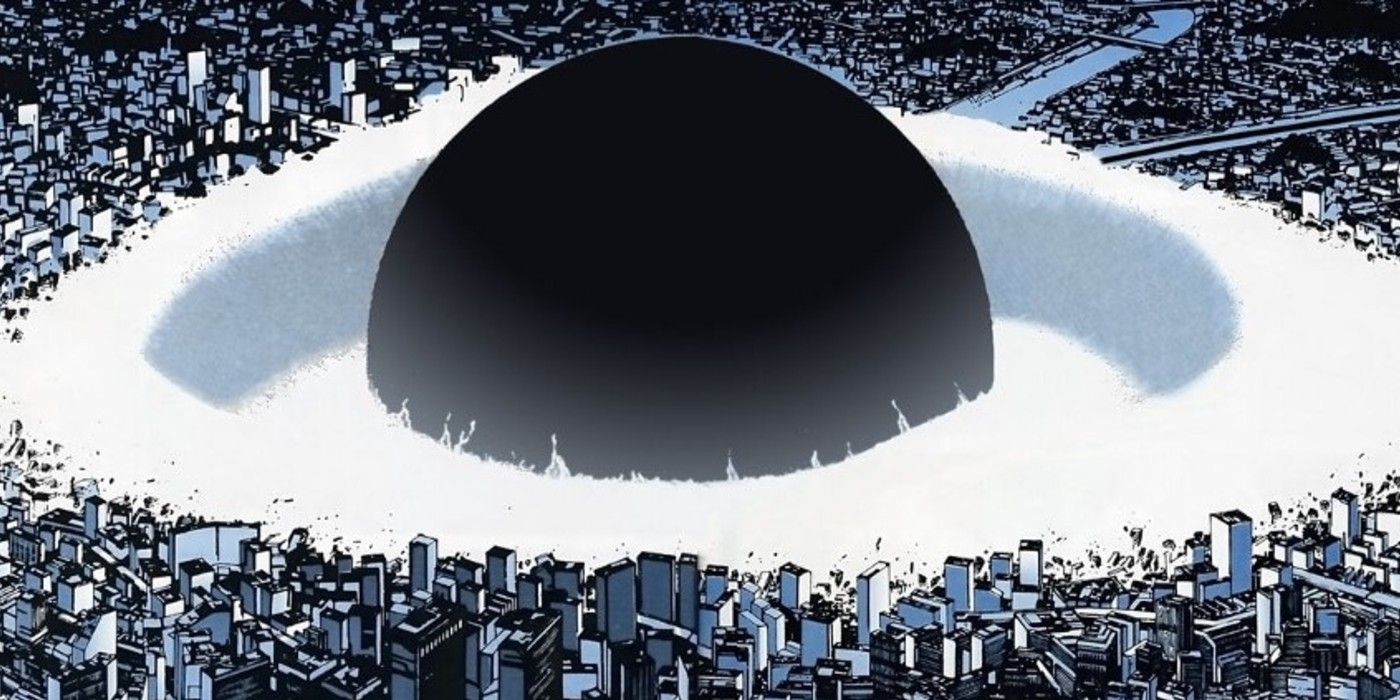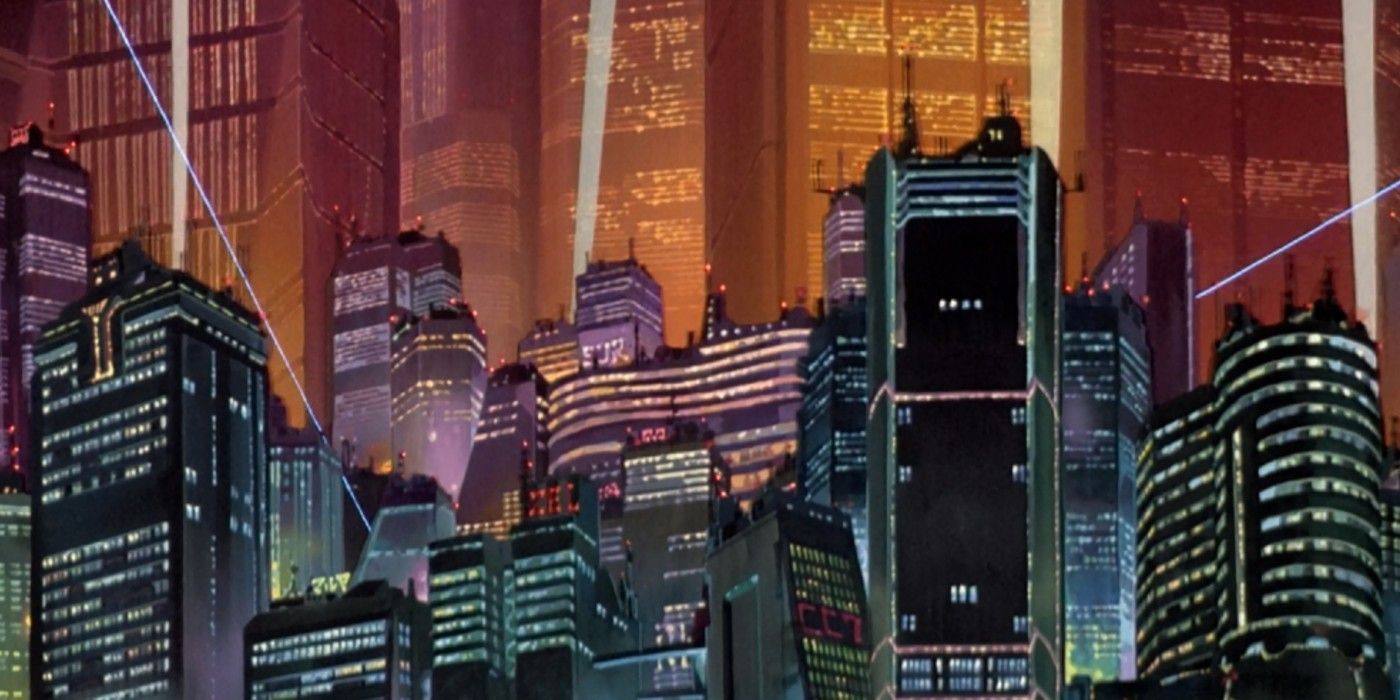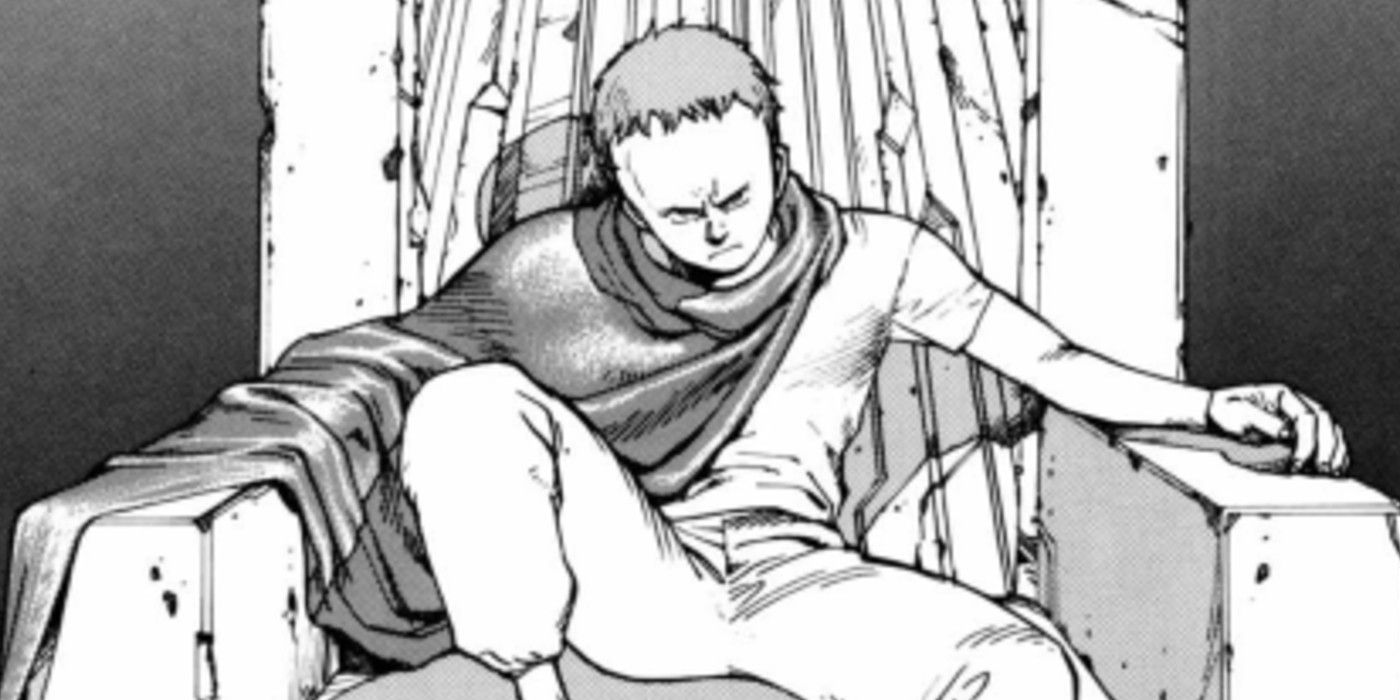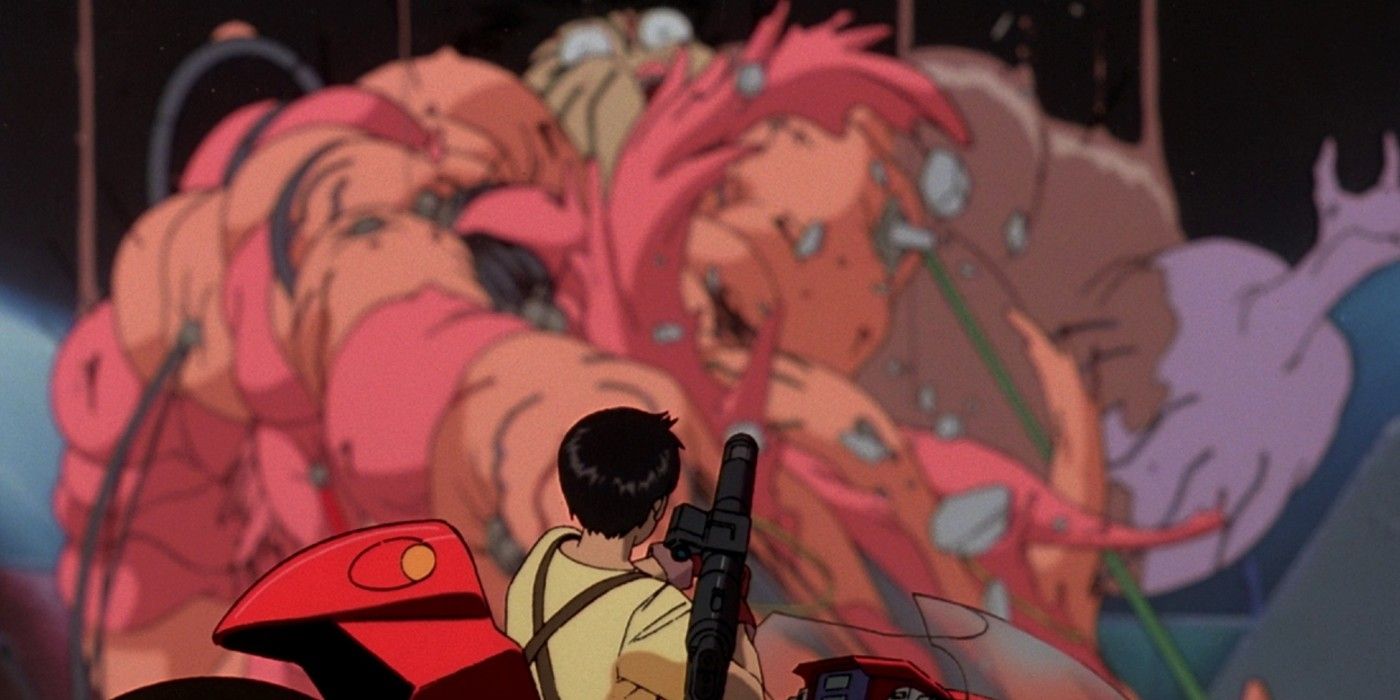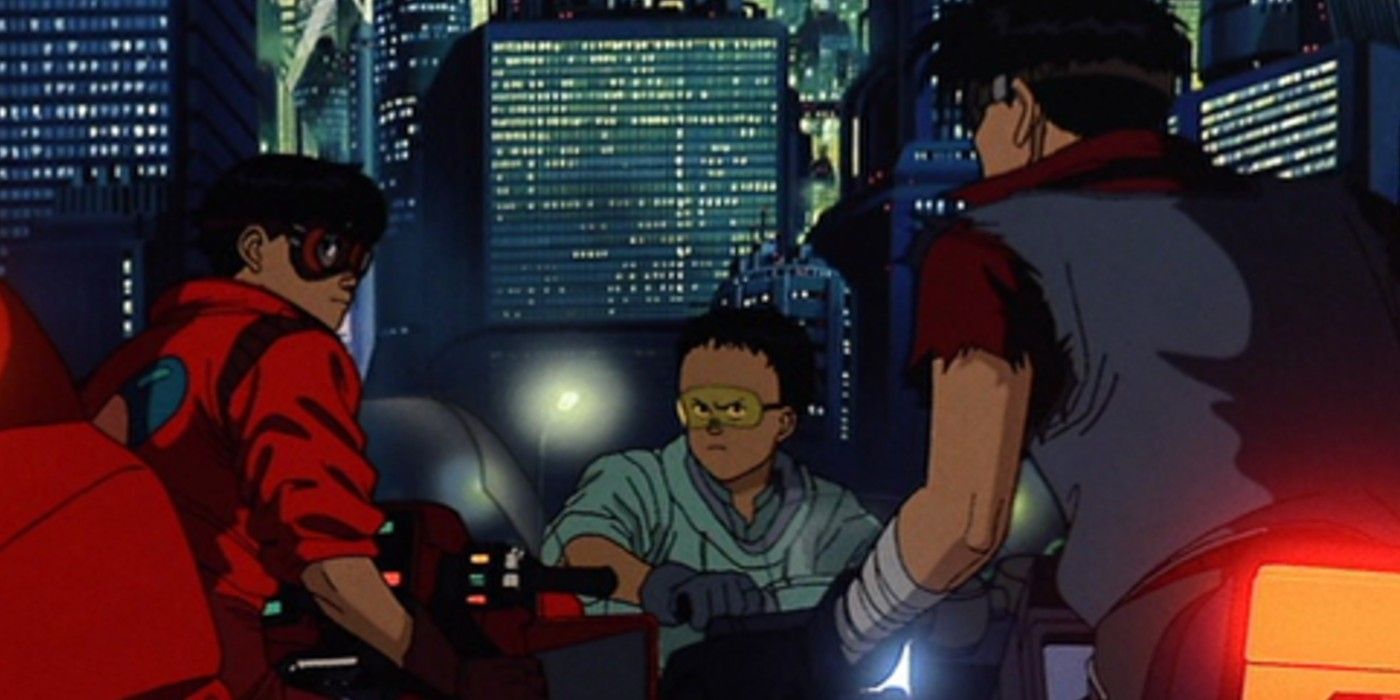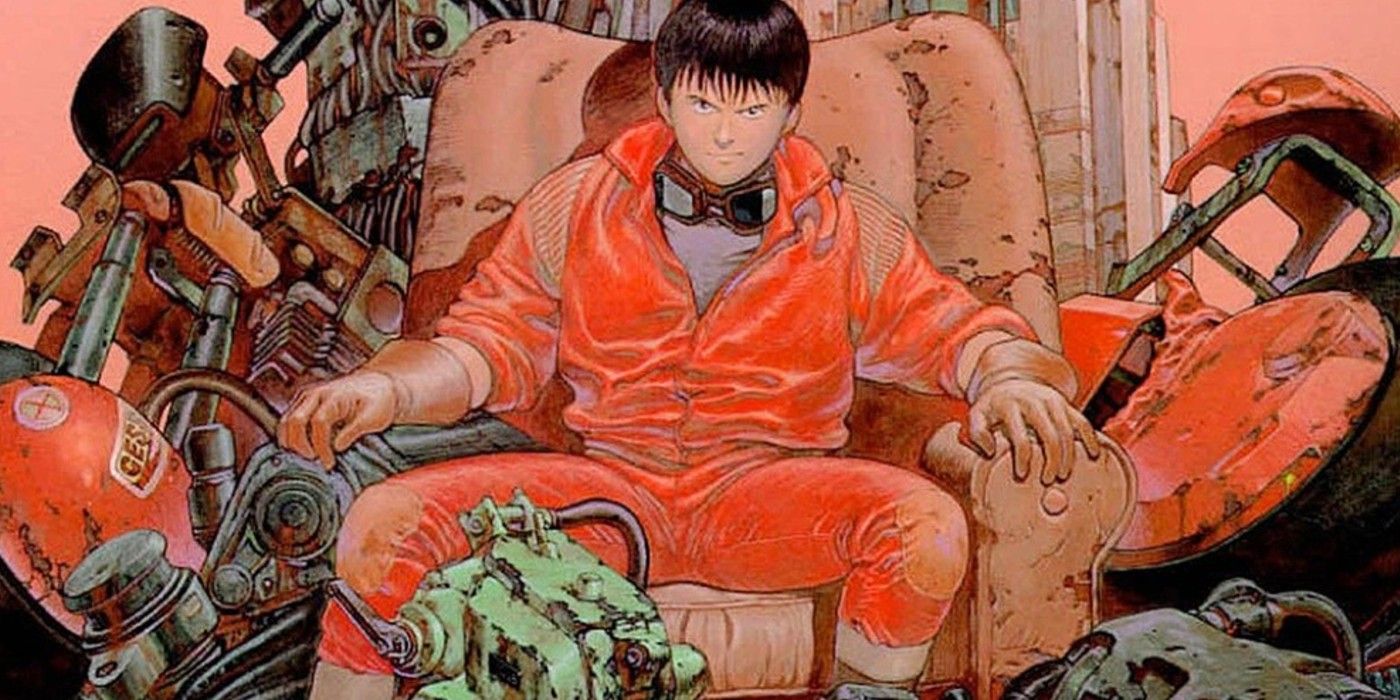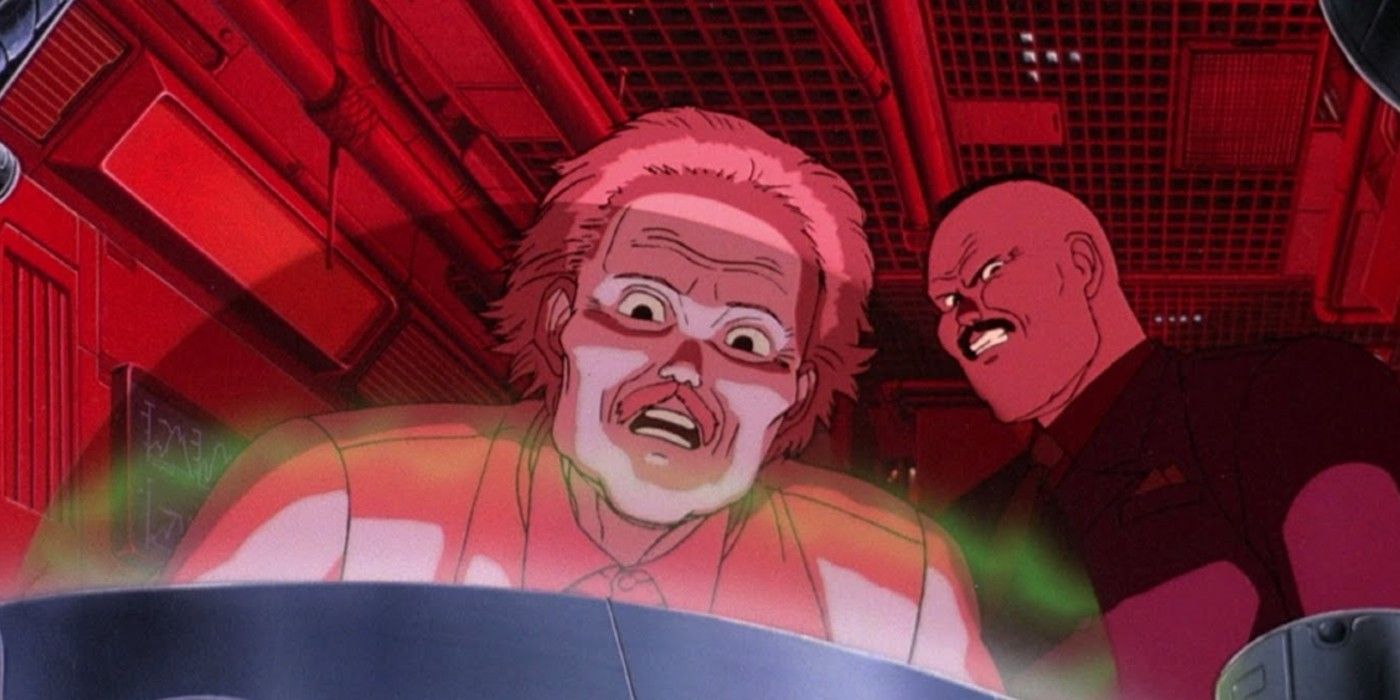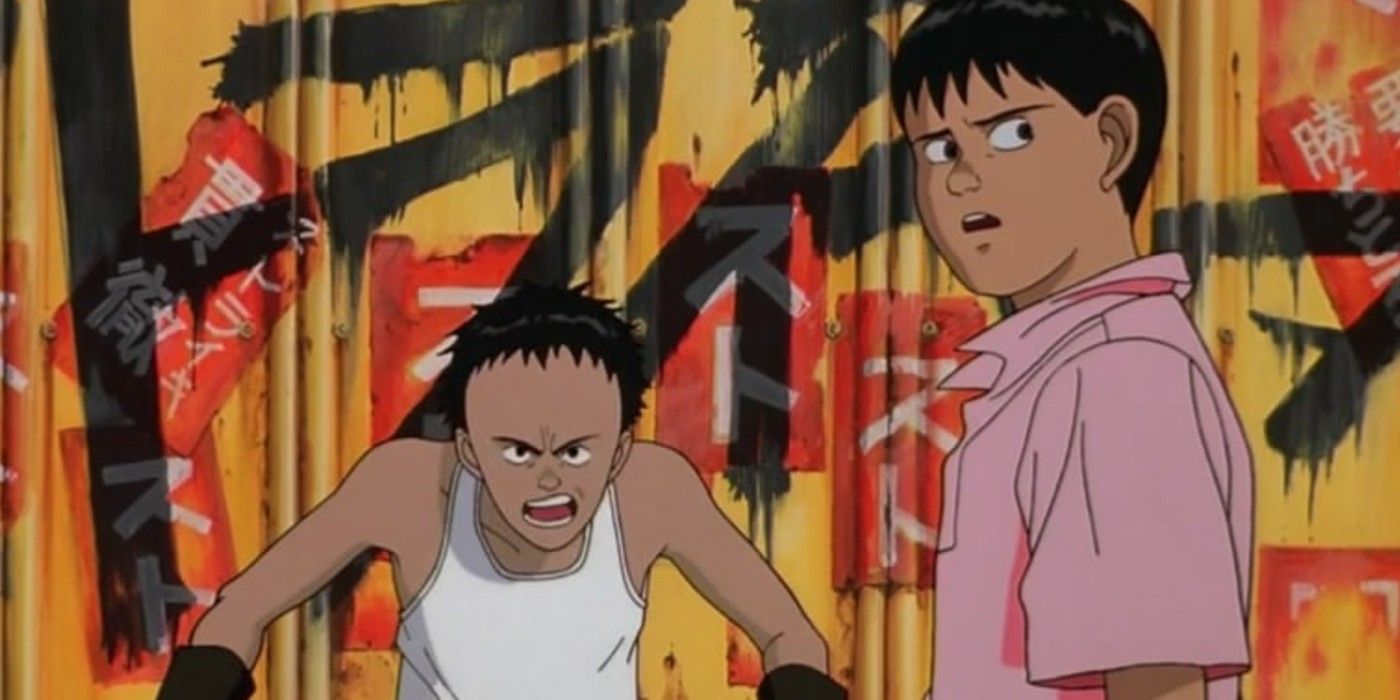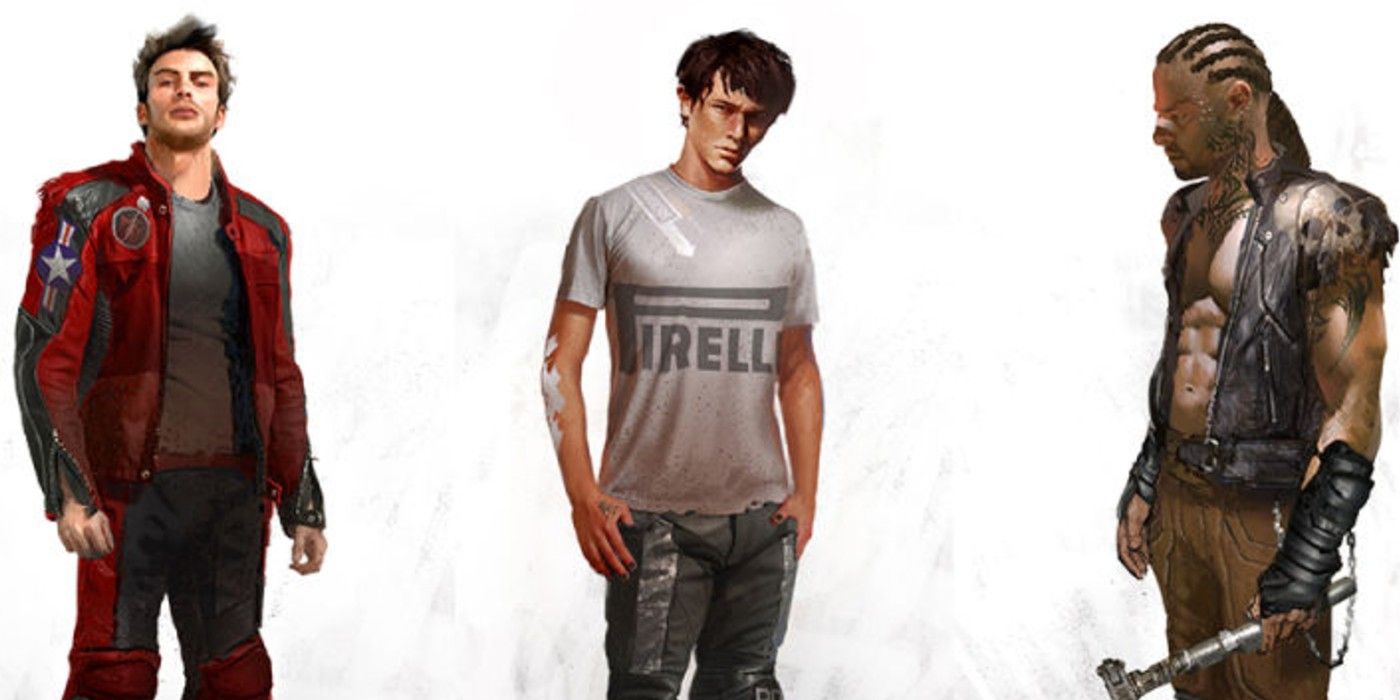After years languishing in development hell for the better part of two decades, the American remake of the anime classic Akira finally started production. With Thor: Ragnarok and What We Do In The Shadows director Taika Waititi at the helm, Warner Bros.’ adaptation of the legendary animated movie is set for a potential 2021 release date.
But since Akira is a quintessentially Japanese story, adapting it for a Western audience would require a lot of changes to avoid losing certain themes and events in translation – not unlike what James Cameron and Robert Rodriguez did for Alita: Battle Angel. Here are 5 things from Akira – both manga and movie – that we want to see in Waititi’s version and 5 things that we don’t.
Want: Akira’s Awakening
The opening scene of Akira is an iconic one not just because it’s a gorgeously and traditionally animated spectacle of destruction, but because it defines the movie’s tone and setting in just a matter of seconds.
The devastation wrought by the Tokyo Fireball births Neo-Tokyo and motivates the characters’ actions, many of whom are either survivors of the blast or their children. This allegory for the nuclear bombings of Hiroshima and Nagasaki is an integral part of Akira, and the remake needs the catastrophe to evoke the original’s spirit – even if its historical (i.e. American) context may change.
Don’t Want: An Americanized Neo-Tokyo
Neo-Tokyo isn’t just an influential city that codified the cyberpunk genre’s look; it’s a representation of Japan’s post-World War II reconstruction. The rampant corruption and social unrest are direct results of the Fireball, turning the city into a character of its own.
An Americanized Neo-Tokyo has to not only pay respect to the original but also change its context. Americans carry different historical baggage than what the Japanese are used to, and simply rebranding the city into Neo-New York (i.e. New New York) won’t be enough to make it feel alive and lived in.
Want: Akira’s Empire
The manga that Akira is based on runs for six volumes, making the omission of some arcs and scenes necessary. One of those left on the cutting floor is Akira’s rule over the ruins of Neo-Tokyo.
Unlike the movie where he dies shortly after unleashing his full might, Akira gets to live for a while and lord over the survivors. Seeing this realized onscreen won’t just add new material to the story, but given the new god more time to be fleshed out and show his powers’ ramifications on society.
Don’t Want: Akira The Supervillain 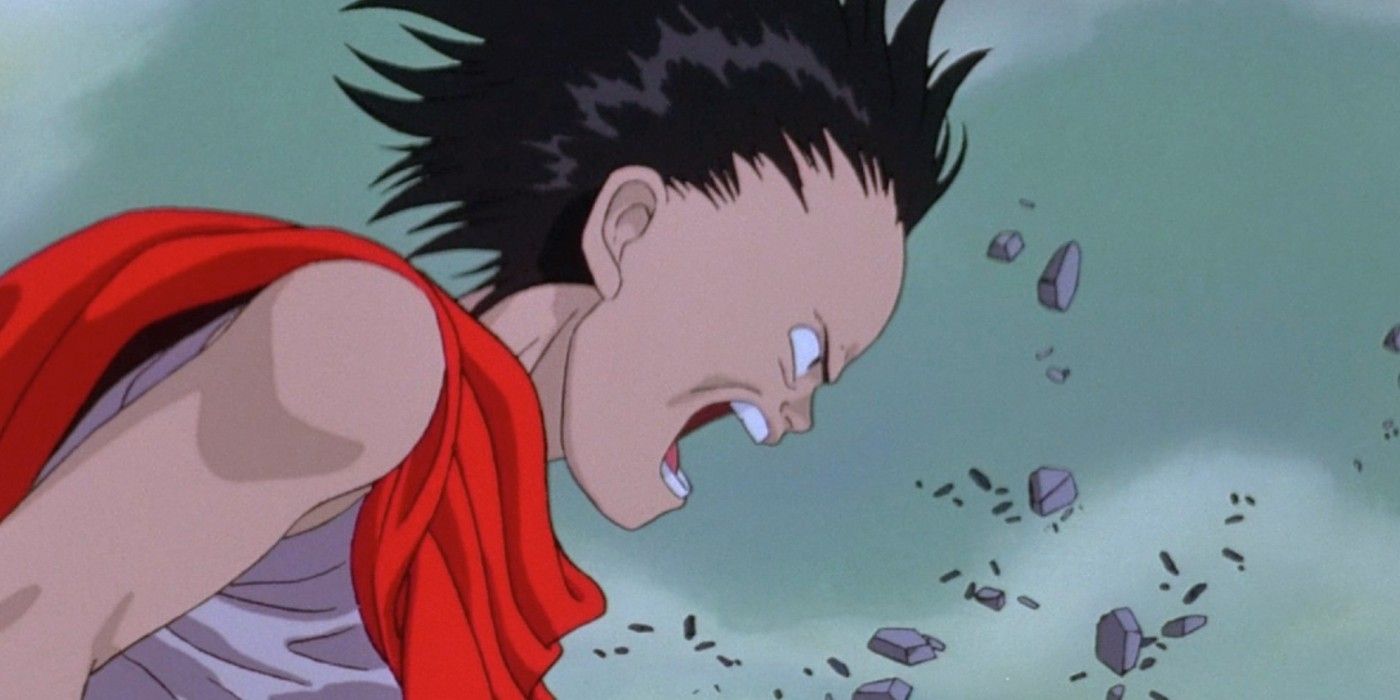
The irony of the godlike Akira is that his name is very common – basically, it’s like the Japanese counterpart for “John” in America. Akira’s generic façade is intentional since the new god is born not in high society but in its lowest rungs, even choosing a juvenile biker as his vessel.
Akira simply being a god or a supervillain is a frequent misconception of the story, as it simplifies a character defined by layers and subtext. The American Akira needs to hail from the country’s own social inequalities and suffering instead of simply transplanting the god from Japan.
Want: Tetsuo's Transformation
Equally as iconic as Akira's first birth is Tetsuo’s transformation into Akira – a gigantic mass of formless tumorous flesh and whatever materials are lying nearby. This cause even more destruction, which culminates in Akira’s second awakening that gives Neo-Tokyo a fresh start.
Thematically, Akira’s final form shows the true uncontrollable and incomprehensible nature of power. Visually, it’s a disgusting nightmare that’s impossible not to look at. This scene is also one of the most well-known examples of body horror ever committed to screen, and seeing it in live-action IMAX glory would be worth the ticket price.
Don’t Want: The Old Biker Gangs
Akira is best known for The Capsule biker gang, but they’re not present in the story just to look badass. Rather, Kaneda and his fellow bikers are representations of Japan’s wave of juvenile delinquency during the movie’s time of release.
An American remake can’t just feature the Capsules or the Clowns without the social context that informed them. By basing them on a different society’s history and anxieties, Waititi has the chance to make a unique version of the source material’s iconic roving gangs instead of simply imitating their original incarnations.
Want: The Great Tokyo Empire
Another set of events left in the manga is the epilogue, where Kaneda and the surviving youths of Neo-Tokyo take control of the city’s ruins. Instead of reviving the old and inept social order, Kaneda promises to create a new world on his own terms.
The anime’s closing scenes are hopeful if ambiguous, but the manga’s are more final. Adding this in the remake won’t just give closure but also a clear stance. A narrative as politically charged as Akira would greatly benefit from making its stands known, and this ending could do just that.
Don’t Want: Evil Science
The events of Akira are the sum total of different social groups’ actions, with the delusional scientists who experimented on Akira after the Tokyo Fireball causing the most damage by essentially creating a vengeful god.
While the trope of the mad scientist is a classic one, it’s an outdated archetype that only does more harm than good. The anime’s depiction of the scientists as the worst part of a crumbling Neo-Tokyo speaks volumes. In a time where science may be the world’s only hope, this bout of anti-intellectualism is the last thing a potential blockbuster needs.
Want: Kaneda and Tetsuo
At the heart of Akira is the tragic friendship that Kaneda and Testuo share. As two disenfranchised youths without a future in Neo-Tokyo, they can only rely on one another to survive another day.
The bond between the two is also a tragic one that ends in death, since one is forced to harm the other who’s gone mad with power. This non-biological brotherhood gives the story its humanity, and drives home how uncaring the world is. Waititi’s remake needs to retain this nontraditional pairing intact to keep the spirit of Akira alive.
Don’t Want: Everything In The Scrapped Script
Warner Bros.’ Akira went through numerous revisions before a spec script was finally finished. The script was leaked online following the project’s initial cancellation, and it’s better left forgotten.
Simply put, the script read like a parody of an Americanized Akira instead of an actual remake. Some controversial changes include: the city of Neo-New York, Akira awakening in the World Trade Center, placing Akira’s prison under the towers, renaming Tetsuo into Travis (who is now Kaneda's biological brother), and turning Kaneda into a bartender instead of a biker. Hopefully, Waititi has something better in mind.

